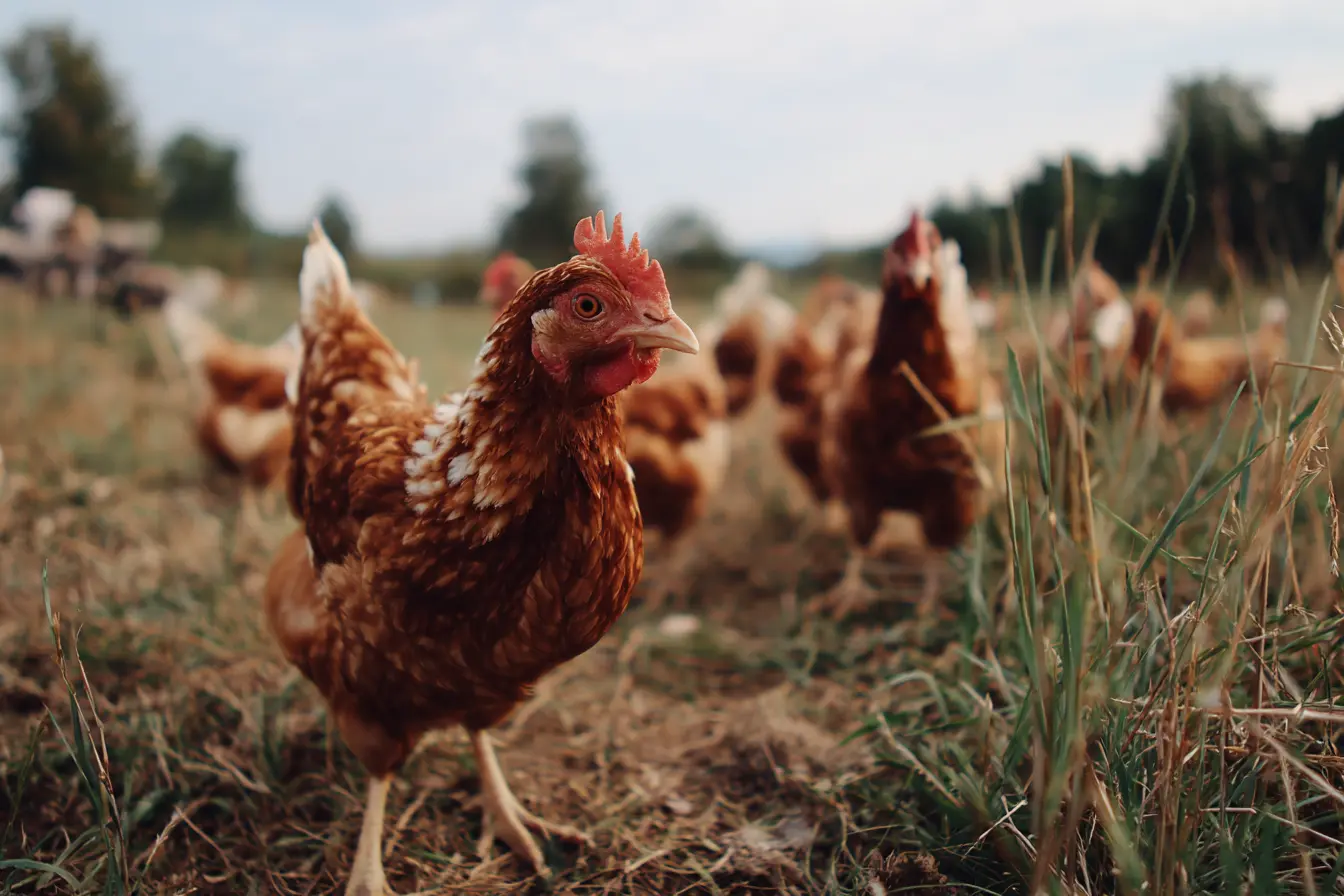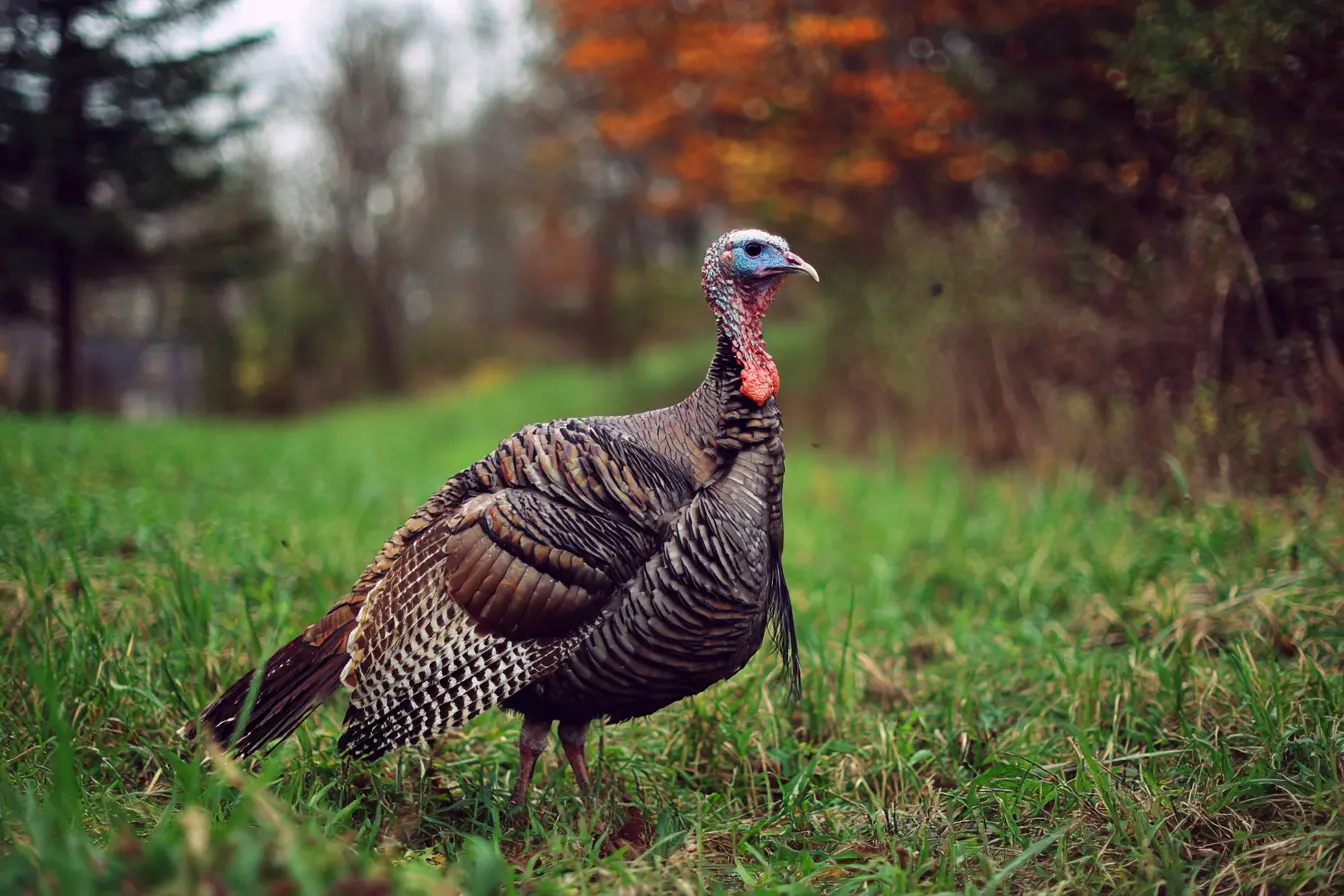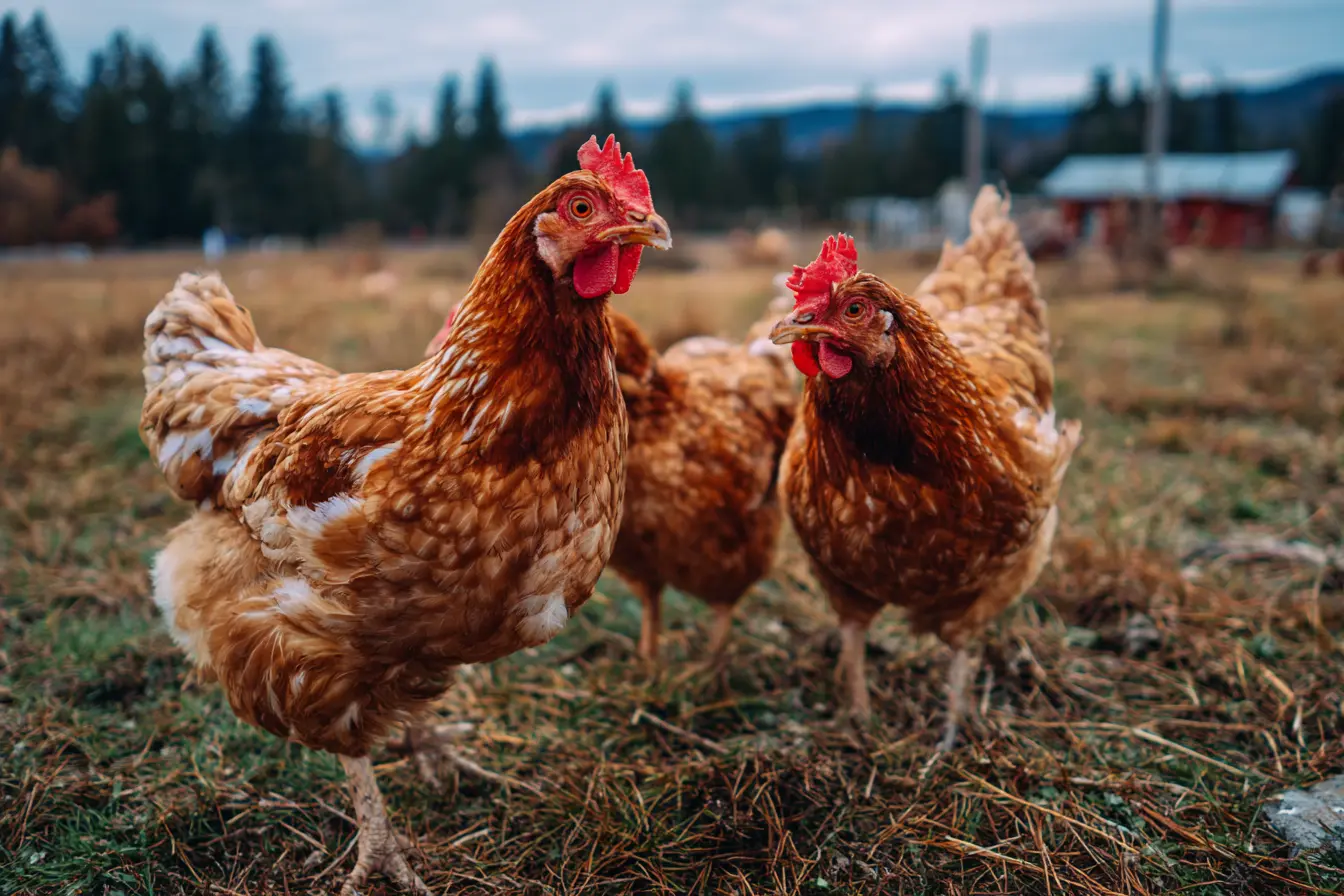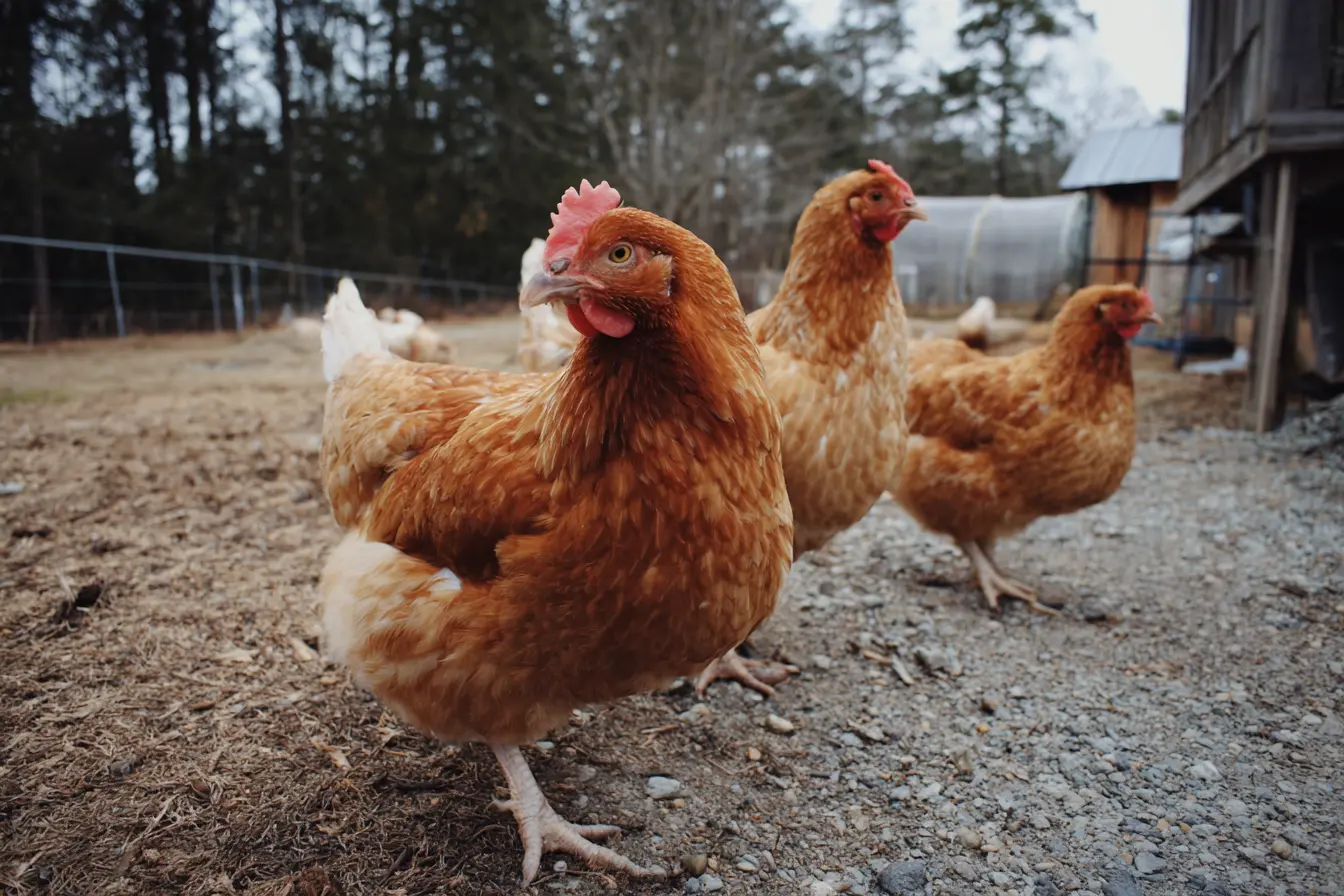
Toxic Plants to Chickens: What Owners Need to Know
Chickens are curious by nature and love to peck at just about anything, including plants in their environment. While they generally avoid toxic species instinctively, that’s not always the case—especially with younger or confined birds. As a responsible chicken keeper, it’s important to know which plants could pose a risk to your flock’s health.
This guide outlines common toxic plants found in UK gardens and countryside, their effects, and how to keep your chickens safe.
Why Some Plants Are Dangerous
Toxic plants contain natural compounds such as alkaloids, glycosides, or oxalates that can be harmful to chickens if ingested. Reactions can vary from mild digestive upset to neurological issues or even death, depending on the quantity eaten and the bird’s general health.
Not all exposures result in symptoms, but it’s best to err on the side of caution.
Common Toxic Plants in the UK
Below is a list of plants commonly found in gardens, hedgerows, or wild areas in the UK that are known to be toxic to chickens:
Foxglove (Digitalis purpurea)
- Toxin: Digitalis glycosides
- Effects: Heart irregularities, weakness, vomiting, and death.
Yew (Taxus baccata)
- Toxin: Taxine alkaloids
- Effects: Sudden death due to cardiac failure; highly toxic.
Buttercup (Ranunculus spp.)
- Toxin: Protoanemonin
- Effects: Mouth blistering, drooling, diarrhoea.
Rhododendron and Azalea (Rhododendron spp.)
- Toxin: Grayanotoxins
- Effects: Drooling, vomiting, paralysis, cardiac distress.
Nightshade (Solanum spp.)
- Toxin: Solanine
- Effects: Lethargy, confusion, diarrhoea, convulsions.
Daffodils (Narcissus spp.)
- Toxin: Lycorine
- Effects: Vomiting, abdominal pain, trembling.
Laburnum (Laburnum anagyroides)
- Toxin: Cytisine
- Effects: Nervousness, convulsions, breathing difficulty.
Hemlock (Conium maculatum)
- Toxin: Coniine
- Effects: Trembling, salivation, respiratory paralysis, death.
Lily of the Valley (Convallaria majalis)
- Toxin: Cardiac glycosides
- Effects: Irregular heart rate, nausea, weakness.
Ivy (Hedera helix)
- Toxin: Saponins
- Effects: Diarrhoea, vomiting, difficulty breathing.
Bracken (Pteridium aquilinum)
- Toxin: Ptaquiloside
- Effects: Tumours, gastrointestinal distress, vitamin B1 deficiency over time.
Signs of Plant Poisoning in Chickens
While signs can vary based on the toxin, watch for the following symptoms:
- Lethargy or collapse
- Vomiting or drooling (not typical but may occur)
- Diarrhoea
- Pale comb or wattles
- Shaking, twitching, or convulsions
- Breathing difficulty
- Sudden death in severe cases
If you suspect poisoning, remove the bird from the area immediately and consult an avian or farm vet as soon as possible.
How to Prevent Exposure
- Survey your garden and foraging areas regularly to remove or block access to known toxic species.
- Fence off flower beds or landscaped areas where ornamental plants may be growing.
- Avoid using clippings or compost that may contain poisonous plants in the chicken run.
- Supervise free ranging, especially in new areas or during seasons when certain plants are in bloom.
Plants That Are Safe
To balance the warning with reassurance: many plants are perfectly safe for chickens to be around or peck at. These include:
- Dandelion
- Clover
- Chickweed
- Plantain
- Marigold
- Nasturtium
- Sunflowers
- Nettles (wilted or cooked)
These not only provide safe forage but also nutritional benefits.
Conclusion
While chickens are often good at avoiding harmful plants, it’s not a guarantee. Knowing which species to keep out of their reach is a key part of responsible flock management. A little vigilance can prevent a potentially serious incident and keep your birds happy, healthy, and thriving.
Vets near you
Speciality vets
- Aquatics vet specialists
- Birds vet specialists
- Camelids vet specialists
- Cats vet specialists
- Cattle vet specialists
- Deer vet specialists
- Dogs vet specialists
- Equines vet specialists
- Exotic vet specialists
- Goats vet specialists
- Pigs vet specialists
- Poultry vet specialists
- Sheep vet specialists
- Small Mammals vet specialists
- Wild vet specialists










